Children’s stories and fairy tales have long held a special place in the hearts of readers young and old. They are gateways to magical realms where animals often play pivotal roles. Among these, big cats—lions, tigers, panthers, and leopards—stand out for their majestic presence. This article delves into their significance in children’s stories and fairy tales.
Symbolism of Big Cats
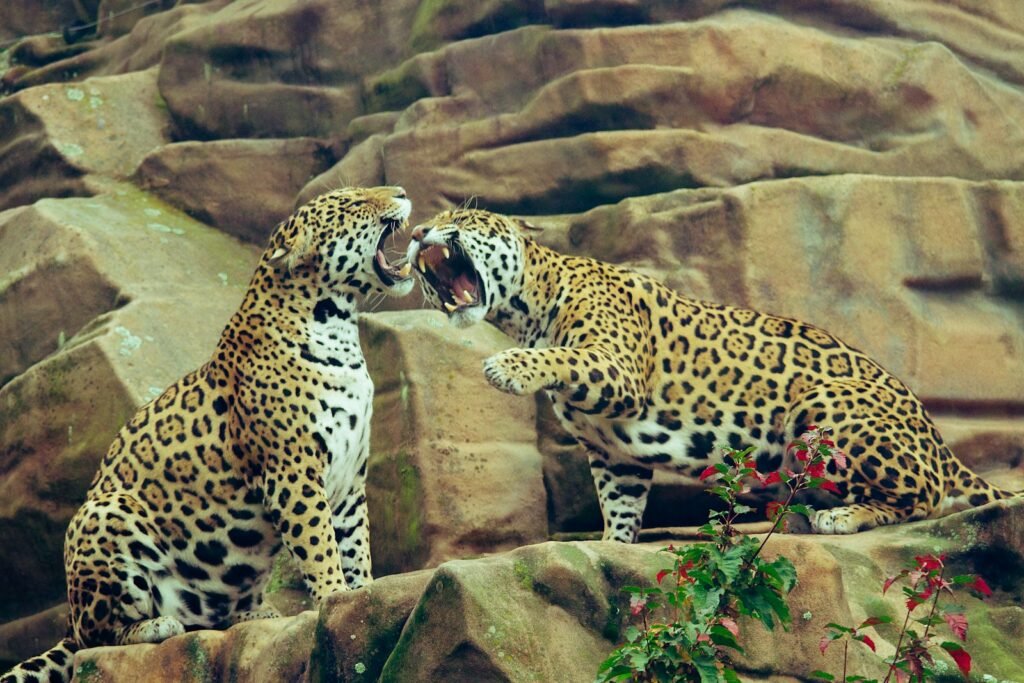
Big cats are emblematic of power, courage, and mystery. Their portrayal in literature often carries these connotations. Lions, for instance, symbolize bravery and leadership, while tigers represent strength and ferocity. Understanding these symbolic meanings enriches readers’ appreciation of their roles in stories.
Lions: Kings of the Literary Jungle
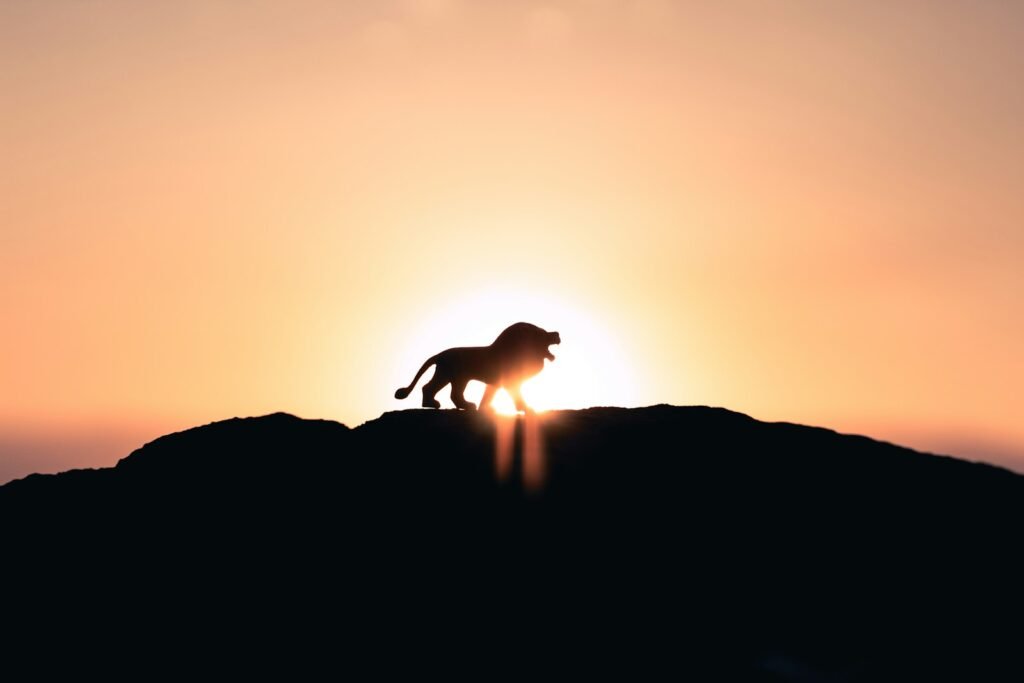
Lions, often referred to as the ‘king of the jungle,’ play dominant roles in fairy tales and children’s stories. Classic examples include The Lion, the Witch and the Wardrobe by C.S. Lewis, where Aslan the lion is a Christ-like figure representing justice and sacrifice. Similarly, The Lion King, although primarily a film, draws upon age-old storytelling traditions, casting the lion as a rightful ruler.
Tigers: Stripes of Intrigue
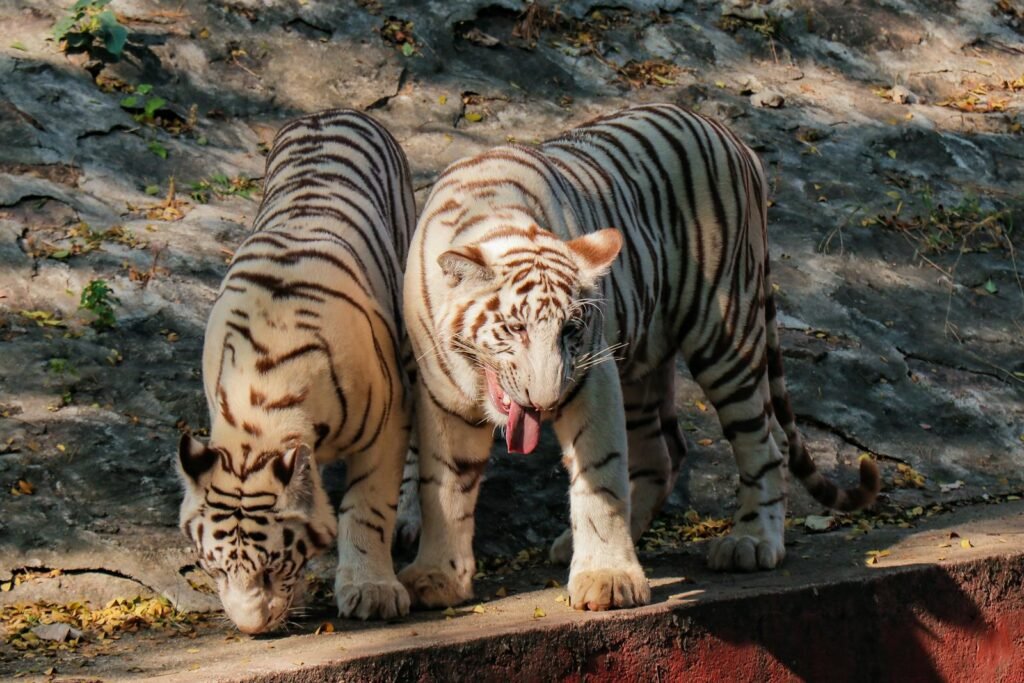
Tigers, with their striking appearance and solitary nature, often embody mystery and intrigue in literature. In Life of Pi by Yann Martel, Richard Parker, the Bengal tiger, represents both a threat and a survival companion. This duality showcases the complex roles tigers play in storytelling.
Leopards and Panthers: Stealth and Elegance
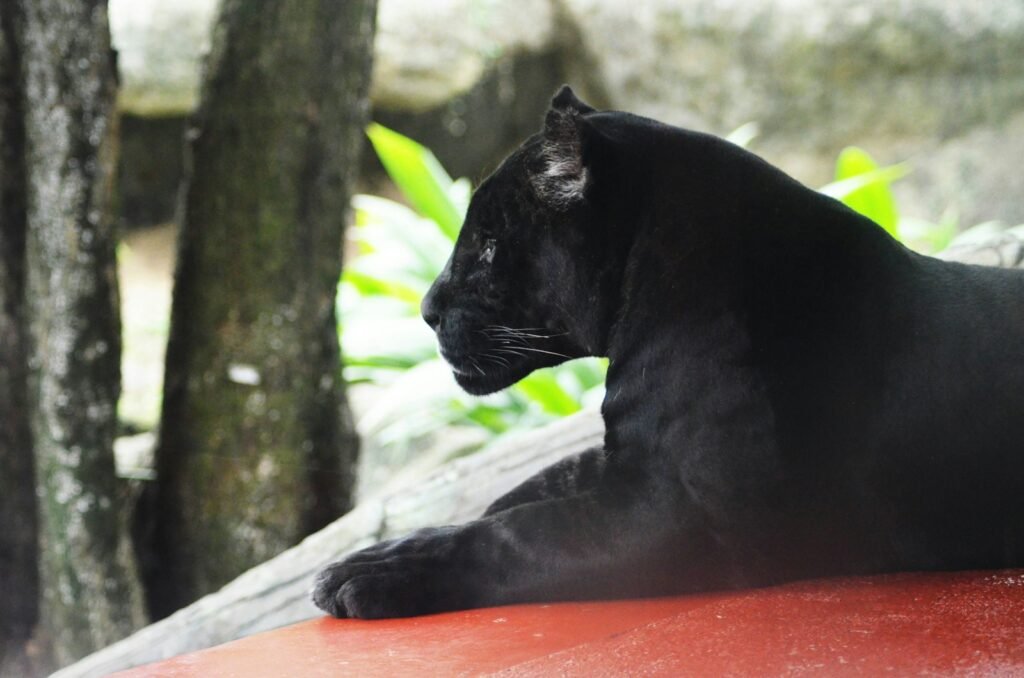
Leopards and panthers, known for their stealth and grace, frequently appear in children’s tales. One famous example is Bagheera from Rudyard Kipling’s The Jungle Book. As Mowgli’s wise protector and guide, Bagheera epitomizes intelligence and resourcefulness.
Big Cats as Guardians and Guides

In many narratives, big cats take on guardianship roles, guiding protagonists through challenges. This motif underscores their abilities as protectors and mentors in the story arcs of young heroes or heroines navigating through trials and tribulations.
The Anthropomorphism of Big Cats
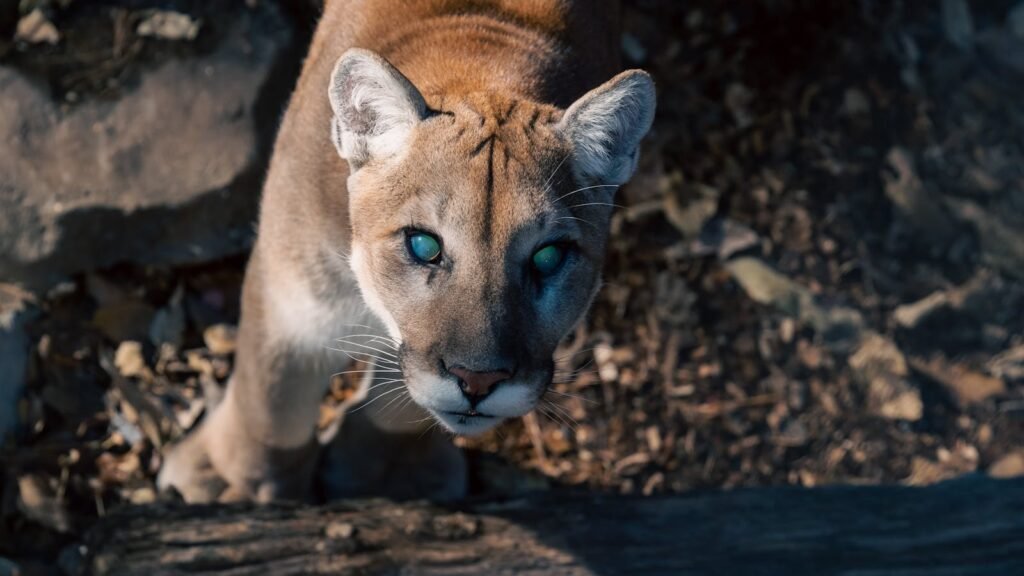
The tendency to attribute human characteristics to animals is prevalent in children’s literature. Big cats often speak, reason, and display emotions, making them relatable characters. This anthropomorphism enriches narratives, allowing young readers to connect with powerful animal figures.
Cultural Representations of Feline Archetypes
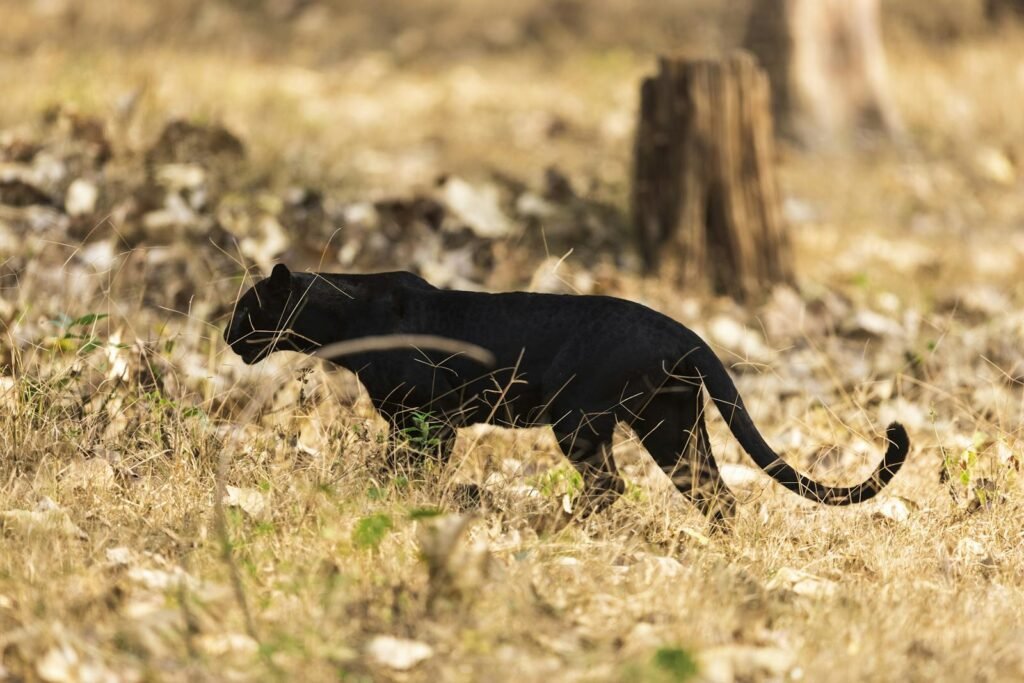
Different cultures imbue big cats with distinct symbolism. In Western fairy tales, lions are noble leaders. In Asian folklore, tigers command respect and fear. Understanding these cultural nuances provides deeper insight into their roles and the morals they convey.
Conservation and Big Cats in Modern Stories
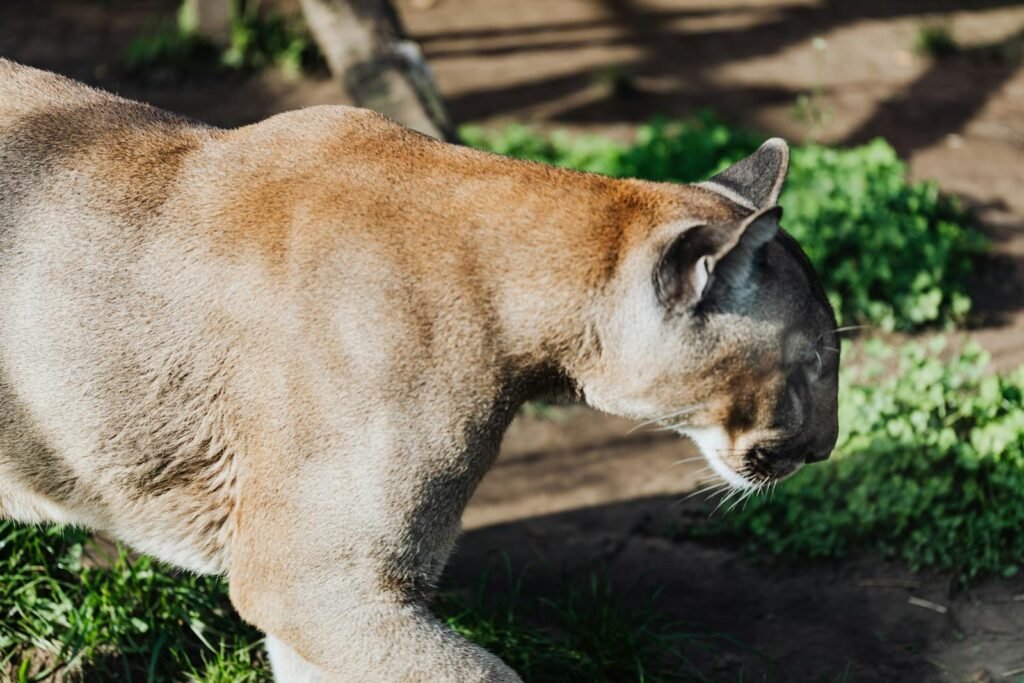
With growing awareness of big cats’ endangered status, contemporary children’s tales often incorporate conservation themes. Books like The Lorax by Dr. Seuss, while not centered on big cats, inspire ecological awareness that parallels efforts to save these majestic creatures.
The Timeless Appeal of Big Cats
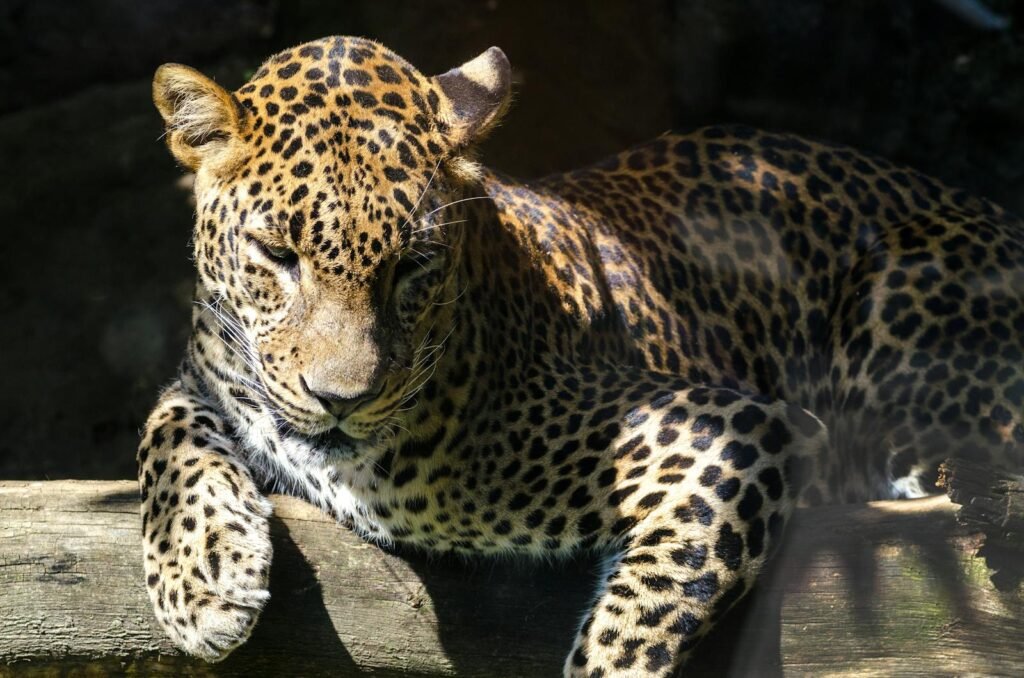
Big cats continue to captivate young imaginations across generations. Their timeless appeal lies in their embodiment of universal themes such as bravery, wisdom, and mystery. By weaving these themes into stories, authors create engaging narratives that resonate with children worldwide.
Conclusion: Big Cats Roaring Through Literature
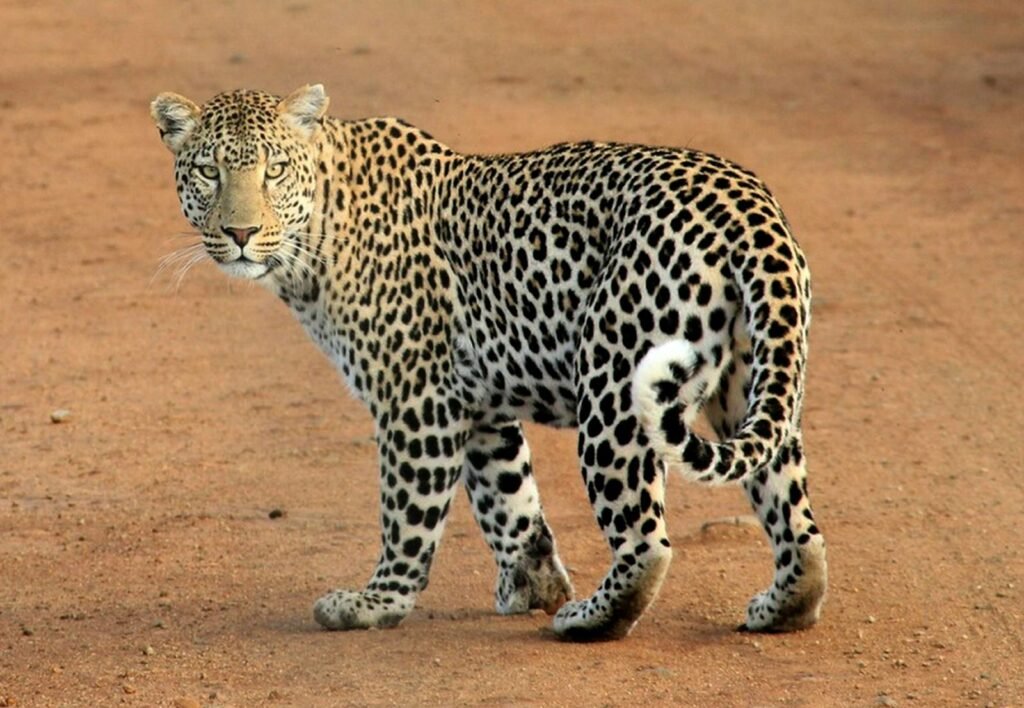
Big cats play diverse and dynamic roles in children’s stories and fairy tales. By understanding their symbolic meanings, cultural contexts, and narrative functions, readers can better appreciate the richness they bring to storytelling. As both regal monarchs and wise guides, big cats will undoubtedly continue to roar through the pages of beloved tales for generations to come.
Hi, I’m Bola, a passionate writer and creative strategist with a knack for crafting compelling content that educates, inspires, and connects. Over the years, I’ve honed my skills across various writing fields, including content creation, copywriting, online course development, and video scriptwriting.
When I’m not at my desk, you’ll find me exploring new ideas, reading books, or brainstorming creative ways to solve challenges. I believe that words have the power to transform, and I’m here to help you leverage that power for success.
Thanks for stopping by, Keep coming to this website to checkout new articles form me. You’d always love it!






